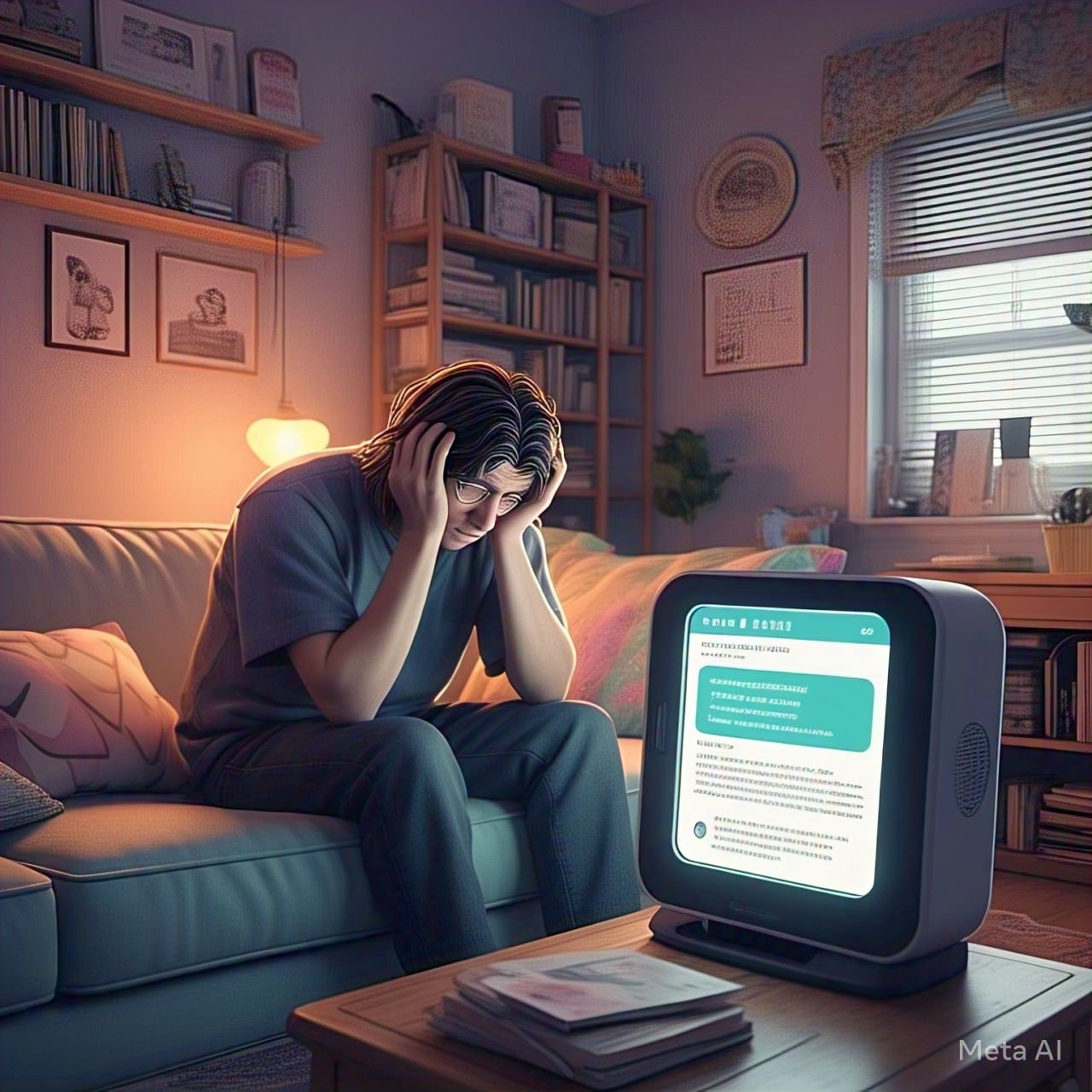Table of Contents
- Introduction
- The Rising Crisis of Suicide
- The Role of AI in Mental Health
- How AI Can Help in Crisis Intervention
- 4.1 AI Chatbots for Mental Health Support
- 4.2 Sentiment Analysis and Risk Detection
- 4.1. Natural Language Processing (NLP) for Suicide Prevention
- 4.2. Machine Learning for Suicide Risk Prediction
- Ethical Considerations in AI-Powered Suicide Prevention
- Limitations and Challenges of AI in Crisis Intervention
- Case Studies: AI Success Stories in Suicide Prevention
- Privacy Concerns and Data Security in AI Mental Health Solutions
- The Future of AI in Suicide Prevention
- Final Thoughts
- FAQs
1. Introduction
Suicide is a significant public health concern, with millions of lives lost each year. With the advent of Artificial Intelligence (AI), technology is now playing an important role in detecting warning signs, providing timely interventions, and preventing suicide. The intersection of AI and mental health is promising, but it also raises ethical and privacy concerns. This article explores whether AI can be an effective crisis intervention tool and its potential impact on suicide prevention.
The Rising Crisis of Suicide
According to the World Health Organization (WHO), suicide is a major global public health issue, with over 700,000 deaths every year attributed to suicide. Many of these cases are preventable with early detection and intervention. However, traditional methods of identifying individuals at risk, such as self-reported surveys or professional assessments, can be insufficient. This is where AI can step in to provide real-time detection, intervention, and support for those struggling with suicidal thoughts.
The Role of AI in Mental Health
AI is being integrated into mental health solutions to provide better monitoring, diagnosis, and interventions. AI-powered tools can:
- Analyze behavioral patterns
- Detect warning signs
- Offer immediate support through chatbots
- Provide mental health insights to professionals
- Assist crisis helplines in prioritizing at-risk individuals
How AI Identifies At-Risk Individuals
AI is capable of analyzing vast amounts of data to identify individuals at risk of suicide. It does this by:
4.1 Natural Language Processing (NLP) for Suicide Prevention
NLP enables AI to analyze written or spoken language and detect phrases that indicate distress or suicidal ideation.
For example:
- Social media monitoring tools can flag concerning posts and notify authorities.
- AI chatbots can detect negative sentiment in messages and offer intervention resources.
4.2 Machine Learning for Suicide Risk Prediction
Machine learning algorithms can process medical history, social media activity, and even voice and text patterns to predict suicidal tendencies.
- IBM Watson Health and Google’s DeepMind are already working on AI solutions that analyze data from social media, search history, and health records to detect warning signs of mental distress.
- AI models such as those used in Facebook’s Suicide Prevention Initiative scan posts and identify people at risk of suicide based on their language and behavior.
- AI chatbots like Woebot and Wysa provide real-time emotional support and therapy-like interactions.
AI vs. Human Intervention: Which is More Effective?
| Feature | AI-Powered Intervention | Human Support |
|---|---|---|
| Speed | Instant response to distress signals | Limited by availability |
| Accessibility | Available 24/7 | Limited to office hours |
| Personalization | Tailored responses based on data analysis | Empathy and emotional intelligence |
| Scalability | Can help millions of users simultaneously | Limited by the number of trained professionals |
| Confidentiality | Uses encryption, but privacy concerns exist | Human confidentiality with ethical boundaries |
| Reliability | May misinterpret nuances in language | Can assess complex human emotions better |
| Personal Connection | Lacks human warmth | Builds trust and deeper understanding |
AI-Powered Chatbots and Crisis Helplines
AI-driven chatbots such as Woebot, Wysa, and Replika are designed to provide mental health support by:
- Offering real-time responses
- Engaging users in therapeutic conversations
- Identifying high-risk individuals through language analysis
- Suggesting helpful resources or professional help
While AI chatbots can be a valuable first step, they are not a replacement for human intervention. However, they can serve as an immediate response tool when professional help is not available.
AI-Powered Crisis Hotlines and Suicide Prevention
Organizations worldwide have started leveraging AI to enhance crisis hotlines:
- Crisis Text Line uses AI to analyze text conversations and prioritize users at the highest risk.
- Facebook AI has built systems to detect suicidal language in posts and connect users with support resources.
- Google AI improves search results by surfacing helpline numbers when users search for distress-related queries.
Privacy and Ethical Considerations
AI in suicide prevention comes with ethical and privacy concerns, including:
- Data security: AI tools collect sensitive data that must be protected.
- False positives and negatives: AI is not perfect and may incorrectly assess risk.
- Lack of human empathy: Machines cannot provide the same level of emotional understanding as a trained professional.
The Future of AI in Crisis Intervention
As AI continues to advance, its role in crisis intervention will evolve. Future developments may include:
- AI-powered mental health assistants that provide continuous support.
- Enhanced NLP algorithms for better suicidal risk detection.
- Integration with wearable technology to monitor biometric stress indicators.
Conclusion
AI has the potential to revolutionize crisis intervention by predicting and preventing suicide. However, it cannot replace human empathy and professional intervention. A hybrid approach, combining AI-powered tools with human support, could be the key to reducing suicide rates and improving mental health outcomes.
Frequently Asked Questions (FAQs)
1. Can AI replace human therapists?
No, AI cannot replace human therapists. It can offer support and early detection but lacks emotional intelligence and deep understanding.
2. How does AI detect suicidal thoughts?
AI uses natural language processing (NLP) and machine learning algorithms to analyze text, voice, and behavior patterns for warning signs.
3. Are AI-powered crisis hotlines effective?
Yes, AI-powered crisis hotlines can provide immediate responses and help prioritize at-risk individuals, but they should complement human-led interventions.
4. What are the privacy risks of AI in mental health?
AI collects sensitive data, which, if not properly secured, can lead to data breaches and ethical concerns about surveillance and confidentiality.
5. What is the future of AI in suicide prevention?
The future of AI in suicide prevention includes better risk assessment tools, real-time monitoring, and seamless integration with mental health services.




